"The two faces of the Atlas", Part I: Convair SM-65 Atlas D, US first intercontinental ballistic missile
How do you write about a model that is a weapon of mass destruction? The Convair SM-65 Atlas was the first intercontinental ballistic missile available to the Strategic Air Command (SAC) of the US Air Force from 1959. Both the partly chaotic development, which was accompanied by failures, and the short deployment time - the Atlas was to be replaced by second-generation ICBMs as early as 1965 - make it clear how much uncharted technical territory had to be explored first.
As early as 1946, Convair began planning the construction of a long-range intercontinental ballistic missile in response to a request from the USAF. At the time, the realisation of these seemingly utopian demands was not a high priority. However, this was to change abruptly when it became known that the Soviet Union had not only broken the USA's nuclear weapons monopoly, but had apparently also successfully begun developing its own ICBM. Years of intensified activity followed, which finally led to the launch of the first Convair Atlas-A in June 1957 - but this proved to be a disastrous failure. One month later, in August 1957, the USSR successfully launched its first intercontinental ballistic missile, the R-7 Semyorka.
Now, from the USA's point of view, there really was fire under the roof. In addition to the perceived military threat, America had suffered another propaganda defeat against the backdrop of the shameful "Sputnik crisis" of 1956. Technologically, the communist Soviet Union appeared to be pulling away from the USA. With renewed endeavour, the first successful launch of an Atlas carrier rocket finally took place in December. Seven more flights followed, five of which were successfully completed. With time running out, the Atlas was declared sufficiently reliable following this series of tests and was taken into service by the SAC in the form of the improved Altlas D. The mixed rate of successful launches had in the meantime earned the Atlas a new ironic interpretation of the abbreviation "ICBM": "inter-county ballistic missile".
The Atlas D - shown here in the model - was the USAF's first operational ICBM: the 576th Strategic Missile Squadron, 704th Strategic Missile Wing was the first Air Force unit to operate three of these new ICBMs from Vandenberg Air Force Base in California. Their three missiles were placed upright on their launch platforms, one of each held ready for immediate launch. In the same year, the 389th Strategic Missile Wing in Wyoming and the 385th Bombardment Wing in Nebraska were equipped with several SM 65 Atlas ICBMs.
In those days, the SAC still focussed on the striking power of its nuclear bombers; the ICBMs were seen more as a safeguard in case the enemy succeeded in destroying the aircraft on their bases. The launch preparation time for an Atlas D was around a quarter of an hour, as the missiles could only remain stable when fully fuelled and had to be stored horizontally with empty tanks. The SM-65 D was withdrawn from active service as early as 1964; the improved versions E and F, introduced in 1961 and 1962, served only one year longer before they were replaced in their role by the Titan and Minuteman launchers of the second ICBM generation.
The SM-65 Atlas is a rather curious design in terms of technology and especially construction: in order to radically reduce weight, the rocket body serving as the tank was designed as a "balloon tank". This means that the rocket body, which is moulded from thin stainless steel sheet, only gains stability and strength through the internal pressure of the filled fuel. Empty, an Atlas would collapse under its own weight! The following figures illustrate just how extreme the weight ratio between a fuelled and an empty Atlas was: ready for take-off - without payload - an Atlas weighed 116 tonnes, whereas empty it weighed just over 5.4 tonnes, and if the booster engines jettisoned in flight are deducted, the empty weight is only 2.3 tonnes: an astonishing 2.02 percent of the first value! This low dry weight enabled the Atlas D to fly orbitally with a maximum range of 14,500 kilometres.
The low empty weight also enabled the layout as a "one-and-a-half-stage" rocket: the two side-mounted booster engines were switched off after a good two minutes of flight, disconnected from the fuel lines and detached from the rocket via a sliding device.
The main engine with 35 tonnes of thrust, a Rocketdyne LR-105 rocket engine, was flanked by the booster engines, two higher-thrust LR89 units. These provided 74.8 tonnes of thrust each. The ascent was also stabilised by two Rocketdyne LR-101 control jets mounted on the side of the fuselage. If these also fell, course corrections could also be made with the controllable booster jets. Up to the Atlas D, the aircraft was controlled by radio from the ground, whereas the Atlas F was already capable of extensive autonomous course control. The Atlas was powered by RP-1 rocket fuel, a specially refined paraffin, which was oxidised using liquid oxygen.
Equipped as an intercontinental ballistic missile, the SM-65D carried either a W49 nuclear warhead inside the fairing of a G.E. Mk 2 or Mk.3 RV (Re-entrie Vehicle) with 1.44 megatonnes or a W38 warhead with 3.75 megatonnes of explosive power.
Around 350 Atlas of the D, E and F series were built, with up to 129 Atlas ICBMs simultaneously ready for the nuclear exchange of blows at the height of their proliferation. Many of the Atlas missiles that were no longer used from 1965 onwards were subsequently used in the Mercury series space flight programme (and thus used up). In a way, this was a ray of hope, considering that the purpose of the SM 65 Atlas was thus reoriented from the madness of exterminating humanity to the future-oriented exploration of manned space flight.Incidentally, this is also a reason for building this model: Horizon Models also offers a kit for the Atlas rockets of the "Mercury Seven" in addition to the Atlas used for military purposes.Since both variants differ essentially only in their payload, I was interested in a comparison built in the model.
About the kit and building process
I have always been fascinated by rocket propulsion with all the associated drama of fire, thunder, smoke and the powerful, short-lived release of energy. So I was quite pleased when I came across the wide range of products offered by the Australian manufacturer Horizon Models. Their kits focus on the history of early US space travel, in particular the Mercury programme. The different kits give you the opportunity to build several Mercury - Redstone and Atlas combinations.
The attractively designed box contains well-made and detailed plastic parts. These and the enclosed etched parts board as well as the well-made building instructions convey the impression of high quality and dedicated interest in the original: these people know what they are doing.
Unsurprisingly, the model was built quickly and without complications.Only the sequence of assembly, painting and application of the decals requires some thought: in some places, the decals should be applied first, before the external pipework is attached.The colouring of the stainless steel rocket body, which shimmers in all kinds of shades and reflections, was a particular concern of mine. As usual with such challenges, I used the metal colour palette from Alclad.
Without really having found an answer to the question with which I opened this article, I am already looking forward to presenting a second Atlas model as a comparison after this SM-65 used for military purposes: the Marcury-Atlas combination that John Glenn carried into Earth orbit for the first space flight of an American will be the subject of a subsequent article.
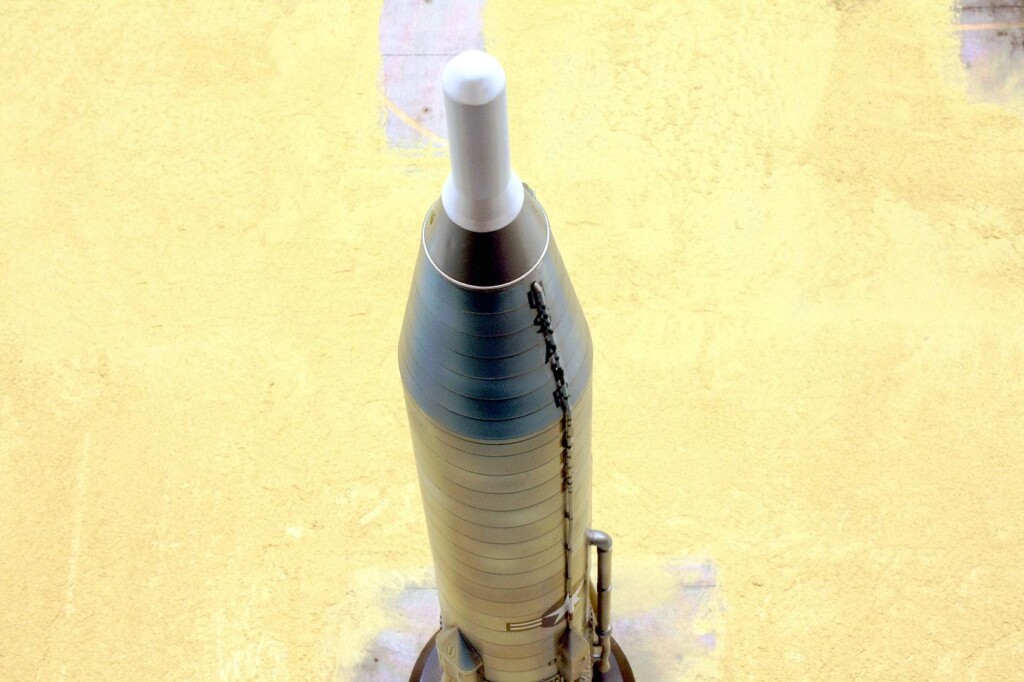
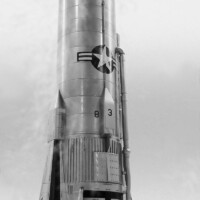
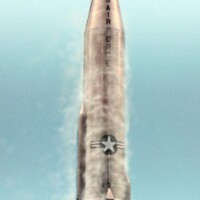
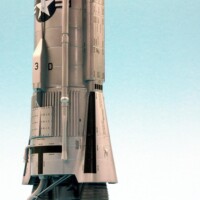
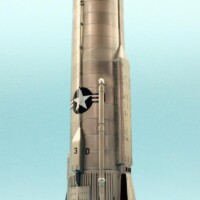
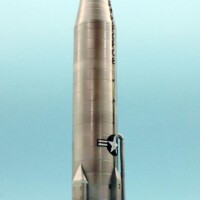
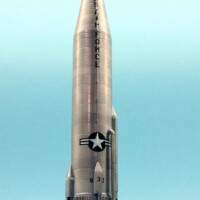
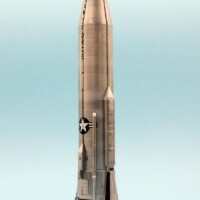
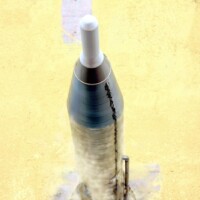
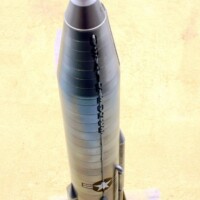
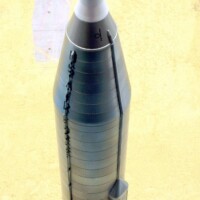
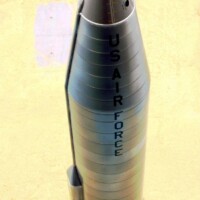
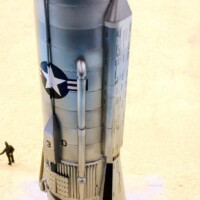
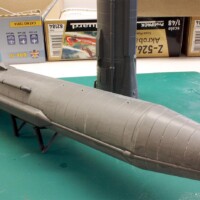
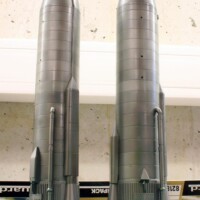
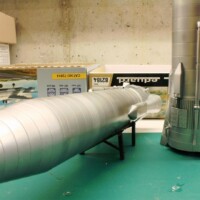
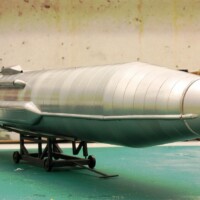
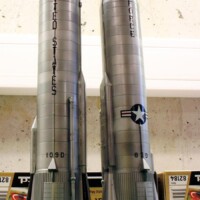
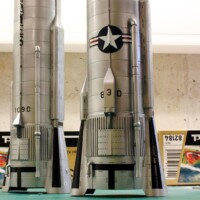
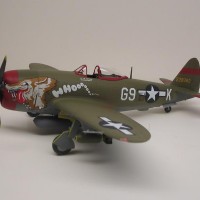

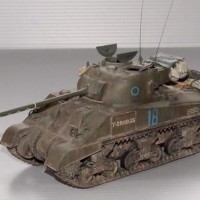
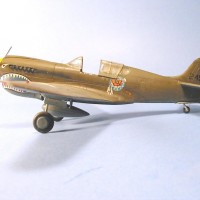
Well up to your usual level of excellence, @rosachsenhofer. And yes, it is certainly a model that can evoke "mixed emotions." Good work!
I'm pleased with your words and assessment - thank you very much for the comment!
Great job, Roland!
Right or Wrong..?...most of the models "we" build are portrayals of an invention of human demise. Ultimately it comes down to the builder... Right or Wrong...?...just my opinion.
You're probably right - a statement that I follow! Thank you Gary!
Excellent job as always, Roland, fantastic write-up as well! As Tom said, a model can create mixed emotions.
My friend, your words please me!
Very nice work, Roland @rosachsenhofer
Better to just think about the modelling and not about the purpose of the model.
Amen to that.
...and that too!
I agree with that! Thanks for the comment!
🙂 ... Greetings ... 🙂 :
Nice modeling Roland, you did a very fine job on the metal finish.
Greetings back! 🙂 Thank you for motivating!
A nicely constructed missile with a beautiful natural metal finish (@rosachsenhofer).
Thank you for your welcome feedback!